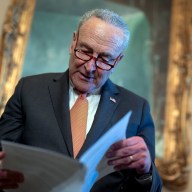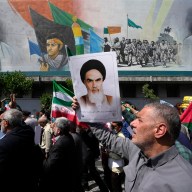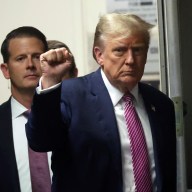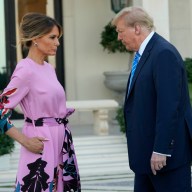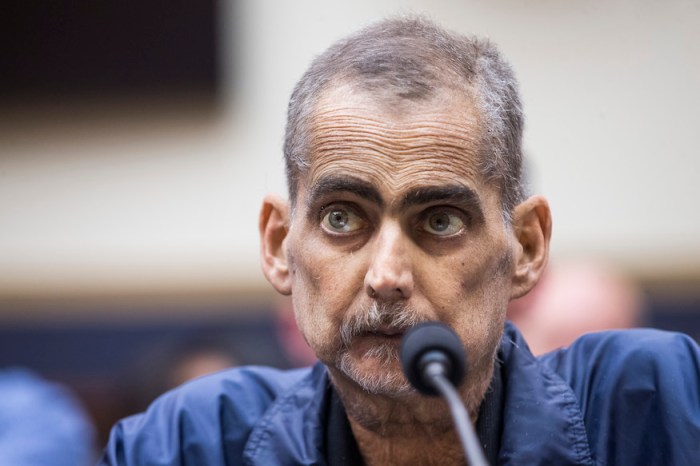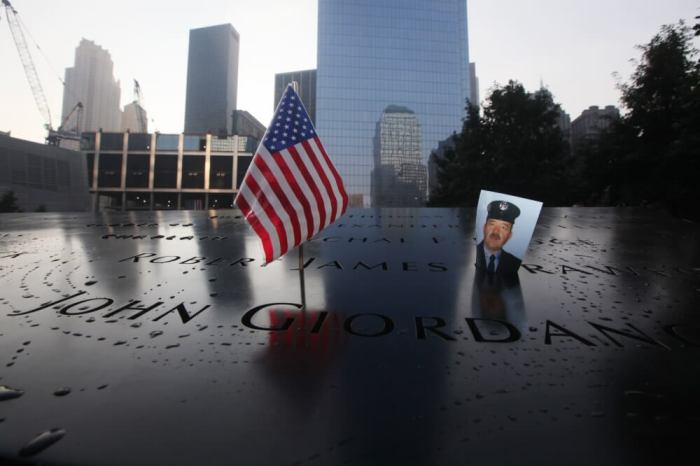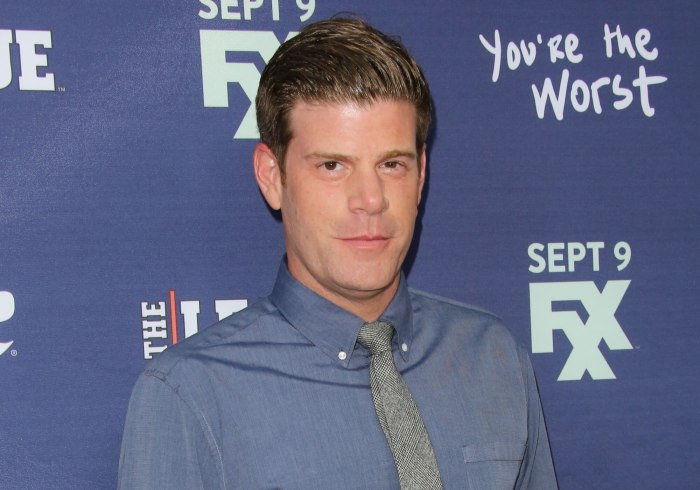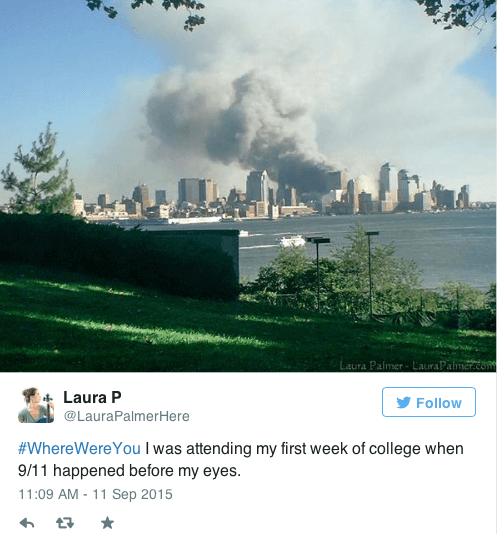Dr. Dina Anderson remembers downtown’s deserted and sometimes scary streets from visits to her favorite college-era music venue, the legendary, now-defunct Wetlands Preserve on Hudson Street.
Downtown was daring then; now it’s home for Anderson and her two children, Niko, 7, and Alia, 6. In fact, downtown sounded positively domestic as the 47-year-old dermatologist described the school-year routine that’s about to start. “I’ll walk the kids to P.S. 234 in Tribeca and then do my shopping at Whole Foods, next door.”
The family lives at 8 Spruce Street, the rippling steel-sheathed apartment tower designed by Frank Gehry. It’s one of the many new buildings and residential conversions that have transformed downtown in the 15 years since the September 11 terrorist attack on Lower Manhattan. From that smoking wreckage a new downtown has arisen. Once so business-oriented that most shops shut at the end of the workday, downtown is becoming a 24-hour community. Most telling are the 60,000-plus people who make their home south of Chambers Street compared to 27,000 in 2001, according to the Downtown Alliance. “We didn’t just rebuild, we reinvented Lower Manhattan,” said Mitchell Moss, a professor of urban policy and planning at New York University.
With more people, comes everything that makes residential living possible. Food markets are multiplying in what was once a near food desert. There are now seven supermarkets and big gourmet shops are moving in. Eataly openeda downtown outlet last month in the Westfield World Trade Center and Le District, sometimes dubbed a French Eataly, opened spring 2015 in Battery Park City. A Dean & DeLuca is scheduled to open at 40 Wall St. by early 2017. And what better barometer of modern life in the U.S.A. is there than shopping? That American icon of the middle class, Target, is set to open at 255 Greenwich St. in October. The recently opened Westfield World Trade Center mall sits in what is perhaps the world’s most spectacular retail setting, the Santiago Calatrava-designed Oculus, which also houses PATH trains to New Jersey. Anderson was an early convert to downtown living, moving to Greenwich Village in 1995 after completing med school, then to Battery Park City in 2006, and to Spruce Street two years ago.
“It’s more vibrant, more exciting down here,” she said.
A big draw for new families moving downtown are the many new public schools, Anderson said, adding that they’ve attracted many of her friends with families. There are now 21 public schools, up from seven in 2001. “The downtown schools are great. Uptown, many people send their children to private schools,” she said.
Young families are not the only people attracted downtown. A 12-year resident of Battery Park City, Ruth Harris, 100, recently made her way to the New York Public Library branch on North End Avenue, which opened in 2010. Harris appreciates the growing vitality of downtown. There are more places to eat in Battery Park City and, she said, with the nearby Whole Foods it’s no longer necessary to travel all the way to Battery Park City’s south end for a supermarket. She lives in the north end. And Harris enjoys the influx of families. “To see the children, it just lifts your heart,” she said.
A booming downtown* Population 27,000 60,000+ *Includes those expected completed by end of 2016. Source: Downtown Alliance
2001 2016
Residential units 15,000 32,530**
Public schools (k-12) 7 21
Private schools 0 7
Hotel rooms 1,489 5,837
Full-time jobs (private sector) 236,700 232,000***
**Downtown = South of Chambers Street
***End of 2015, most recent data







